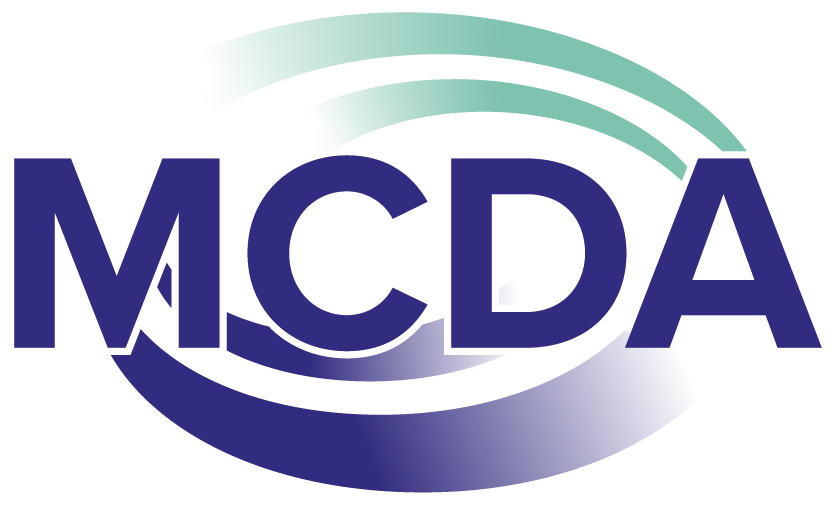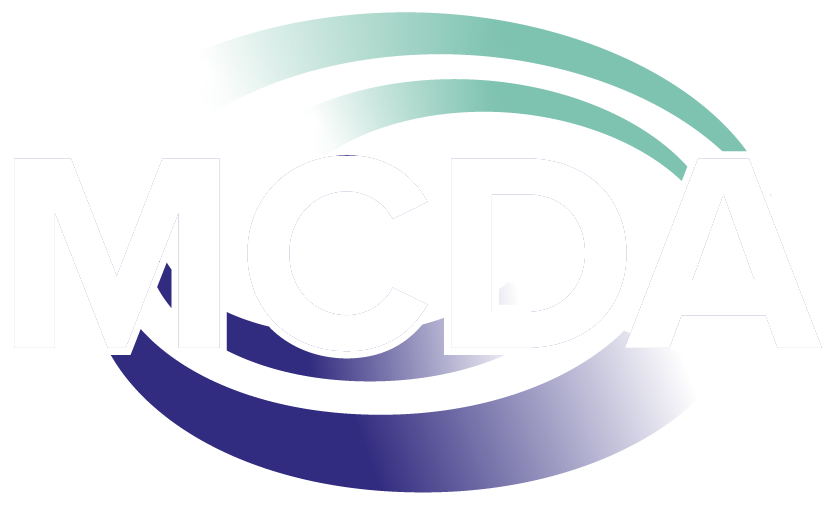There were 25 fortunate attendees at our Fall Professional Development event. They represented a variety of work settings, highlighting the depth and breadth of the membership of MCDA and the scope of knowledge contained in the organization:
- Government 20%, Higher Education 24%, Non-profit Organizations 16%, Private Practice 16%, Outplacement Services 12%, Human Resources 8%
Jennifer Rogers, current MCDA president, gave a sneak peek of the new MCDA website which should be up and functional after January 1, 2025.
Tim O’Neill DEED regional analyst for the seven-county Twin Cities area was the key note speaker. He emphasized that DEED offers 20+ labor market resource tools, and he is always happy to provide customized, in-depth research reports and analysis of any of their data.
The labor market is constantly changing and moving. AI is the latest influencer. DEED’s September blog includes an article that talks about how AI is affecting the labor market.
1.6 million jobs in Minnesota are highly exposed to AI, however AI will not replace jobs any time soon. Unlike in the past, when automation affected Blue Collar jobs, AI will mostly affect White Collar workers with higher wages and higher educational attainment.
Details:
- 70% of those exposed have a median-income of $60,000/year and above.
- Industries: Professional, Scientific & Technical Services; Finance & Insurance; Administration; Management
- Occupations: accountants, finance, budget analysts, actuaries, management, market research analysts
However, it could be that those White Collar workers with AI training and knowledge will continue to command higher income and job openings compared to those who do not have this skill. This is still a highly evolving area.
Minnesota’s Labor Force:
Expect an increase of 4.6% in labor force participation rate between now and 2032. There will be new jobs created, but there will be many retirements, too.
Minnesota’s Labor Market:
At 3 million jobs, we have recovered all jobs lost since the COVID pandemic began, plus have added an additional 40,000.
Quit rates have declined. Workers seem to be staying put.
The job market is flat with an equal number of gains and losses. Healthcare has gained the most jobs, followed by Government. Construction, manufacturing, business, and financial all lost jobs.
Highest areas in demand:
- Healthcare (PharmD, Occupational Therapists, Veterinarians) & Social Assistance
- Government
- Leisure & Hospitality
- Retail
Occupation Sectors with better than average growth:
- Utilities – 6.5%
- Construction – 6.5%
- Professional, Scientific & Technical Services – 4.8% (IT, management, legal)
- Agriculture – 4.0%
- Wholesale Trade – 4.0%
Wages have increased 3.3% overall, which met inflation.
The area that has seen the biggest change is IT. Over the last 2 years we’ve seen about 2,000 fewer jobs in IT. There are about the same number of jobs in IT as there was in 2018-2019. Workers are still in demand and salaries are still good, just not at the level it was in 2020-2021.
Several of the participants were curious about the manufacturing area. Tim stated that it is pretty stable. There is some rehiring of turnover, but companies do not seem to be creating new positions; they are focusing on replacement hires. Employers indicate that turnover has slowed down significantly.
Unemployment
Unemployment is largely stable across the US at 4.1%;
Minnesota unemployment is currently 3.4% (2.8% this time last year) for those actively seeking work. There are six levels of unemployment. Including those who are considered ‘unhappy workers’, unemployment in Minnesota is 6.2%. Details –
- 106,000 unemployed individuals – of this group, 14% have been unemployed for 6 months or longer (was 7% in 2023).
- The ‘long-term unemployed’ are defined as those who, after six months of unemployment, have stopped looking.
- Average length of an unemployment period is 10 weeks (was 7 weeks in 2023).
There are 193,000 job openings at the current time.
The labor market in Minnesota is pretty flat for the reasons discussed prior. DEED is just beginning to consider what social issues (ageism, housing, cost of living, disability) might influence that.
Once Tim had finished his talk, the participants met and brought up questions for discussion. Among them:
- Do the numbers show the whole picture? E.g., what kinds of jobs are available? Are they part-time or gig work that don’t provide a livable wage – are they viable?
- If we provide data to clients that focus on wages and availability but aren’t providing the holistic picture of work conditions, sustainability, interests etc., are the numbers doing a disservice?
- Do the numbers reveal the human cost in terms of vulnerable populations that are giving up on the job market or are excluded from the market in general?
Lots of great discussion that could be furthered at events like the Spring Minnesota Careers Conference! We hope to see you there!
By Tammison Smith and Jennifer Rogers


